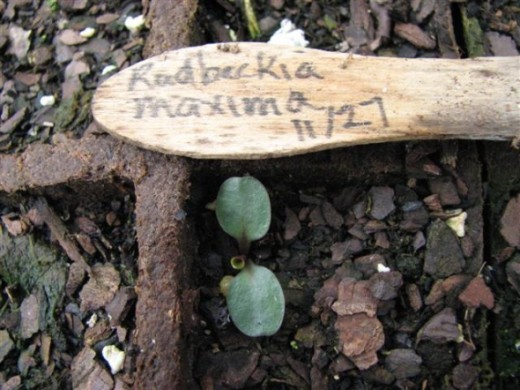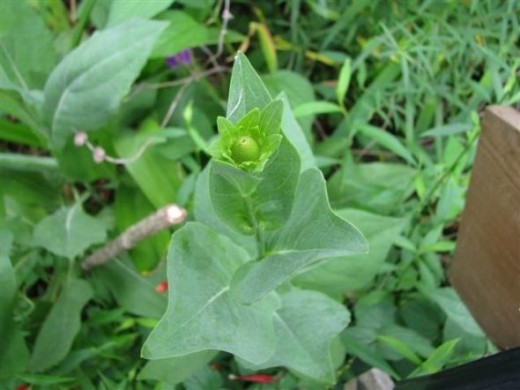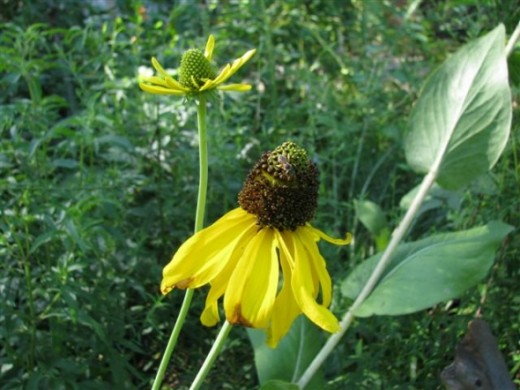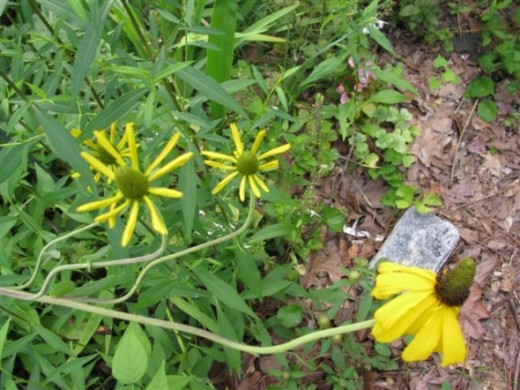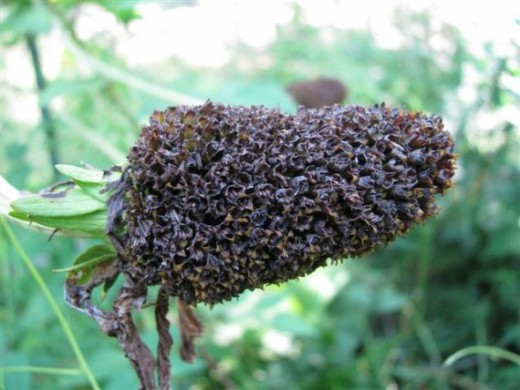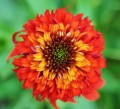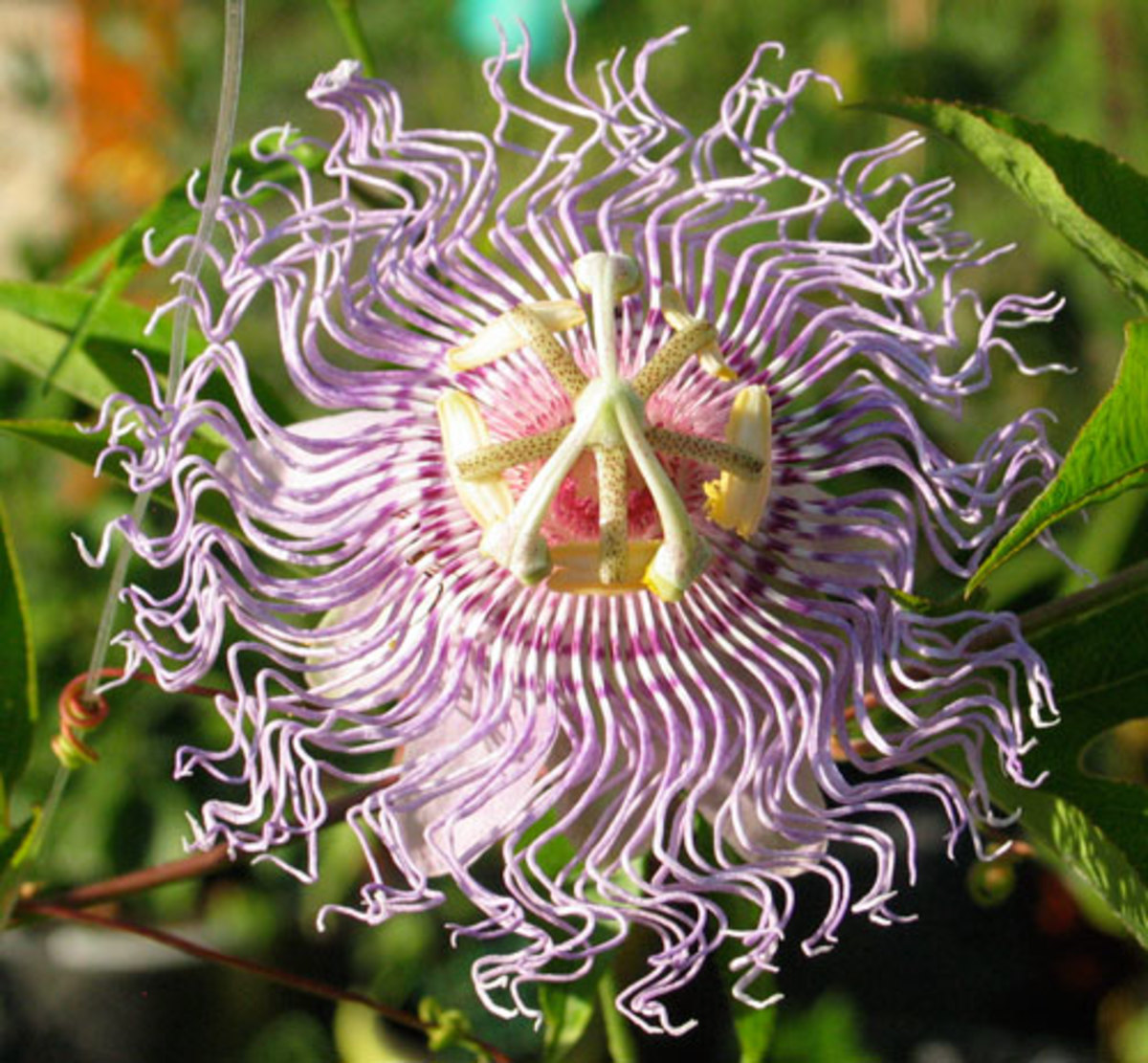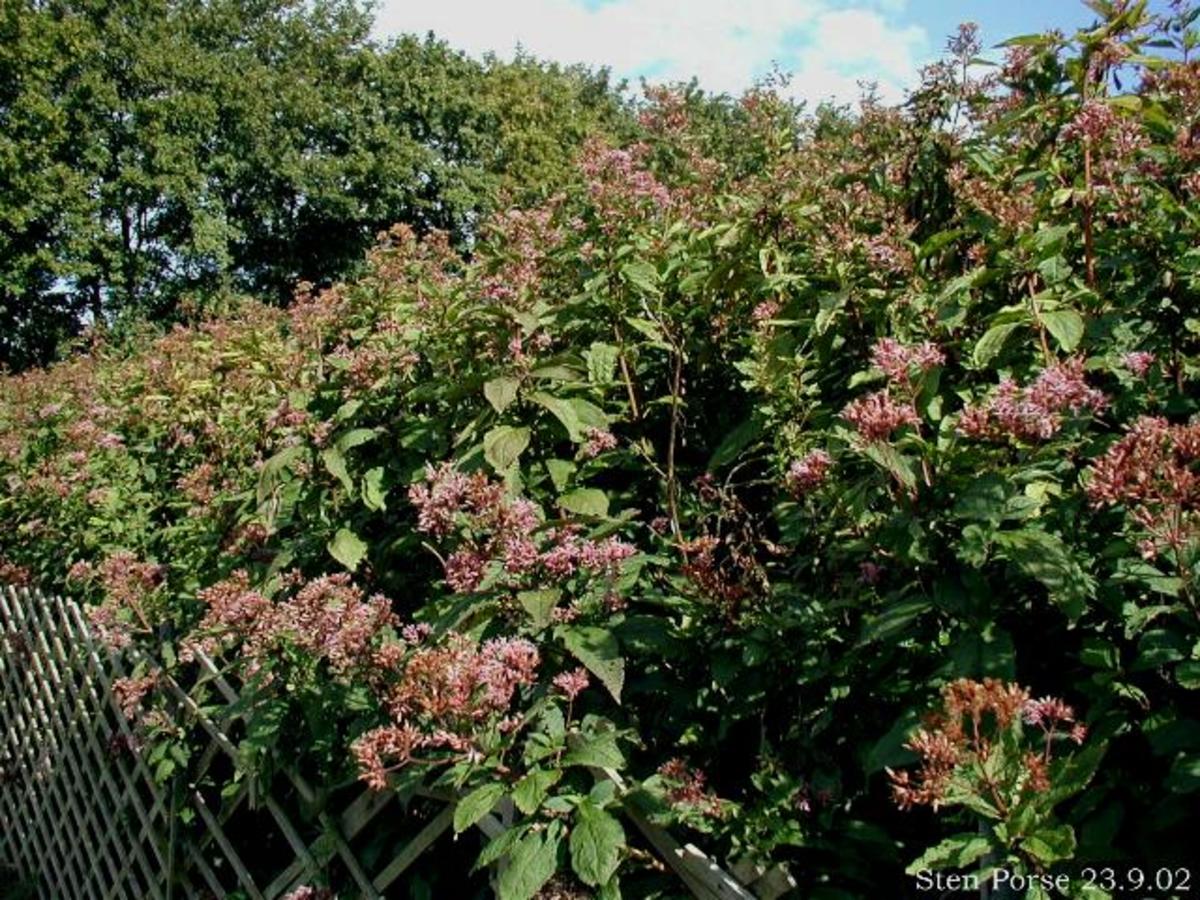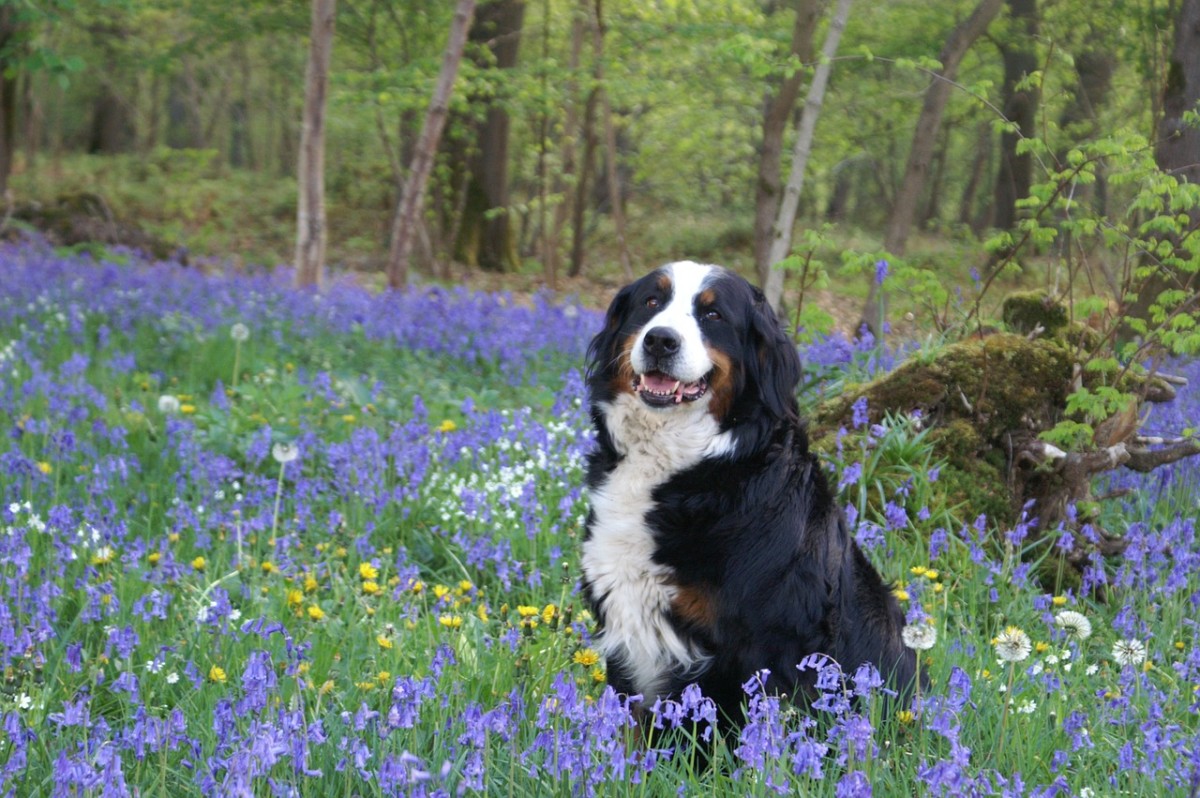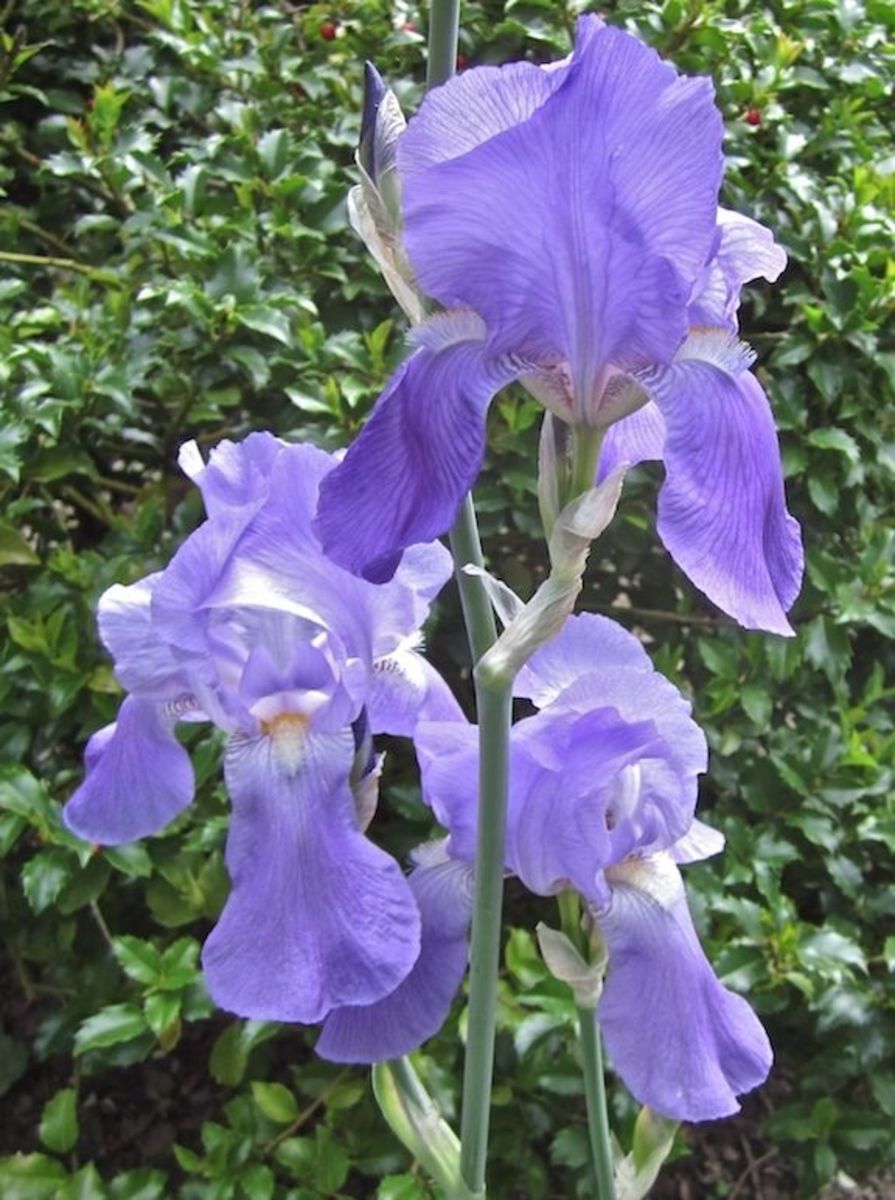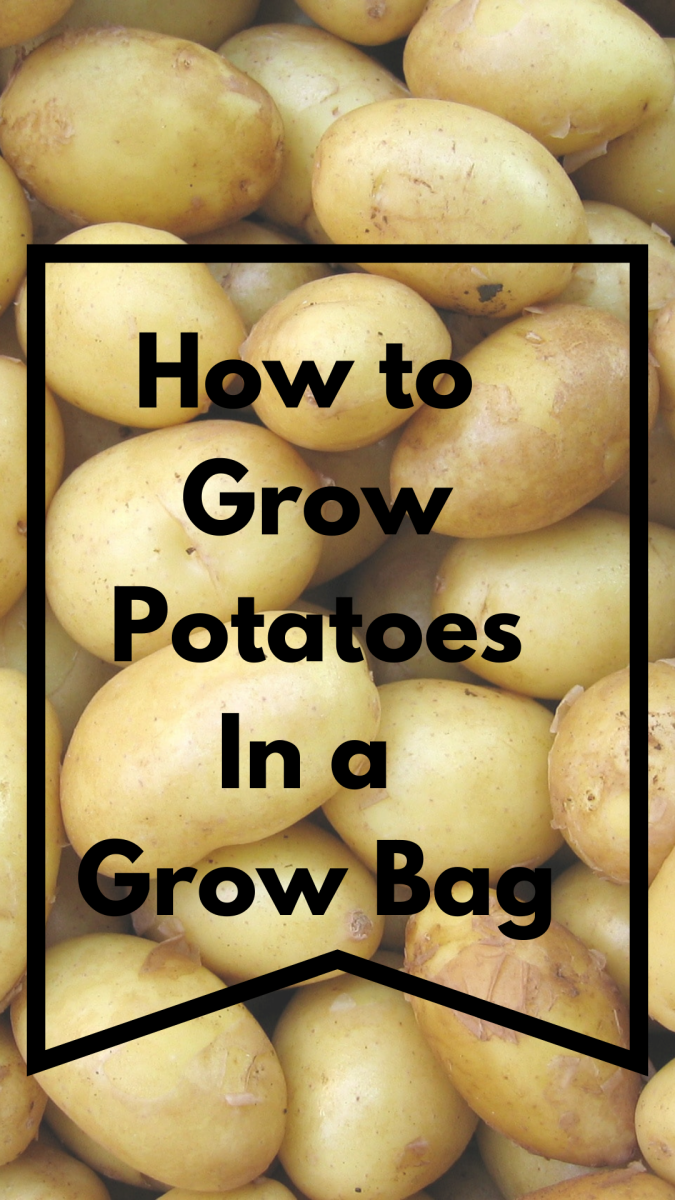Rudbeckias for the South
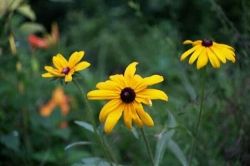
Black-eyed Susans, Orange Rudbeckia and Giant Coneflower
The Rudbeckia species contains several striking, easy to grow perennials whose golden yellow flowers attract butterflies and other pollinators and whose seeds are eaten by a variety of small song birds.
Many members of the species are drought resistant and do well under adverse conditions. In the coastal south the three most reliable and colorful Rudbeckias are Black-eyed Susans (Rudbeckia hirta), Orange Rudbeckia (Rudbeckia fulgida) and Giant Coneflower (Rudbeckia maxima).
Rudbeckias are lovely, easy to grow perennials, perfect for low maintenace landscaping.
Rudbeckia Family
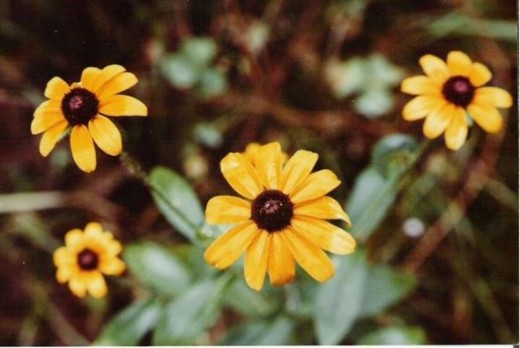
Members of the Rudbeckia family have been planted in gardens for years. The early settlers recognized the beauty and hardiness of this native perennial flower. Butterflies love Rudbeckias, so they are a "must have" in the butterfly garden. They are as happy along roadsides as they are in your flower beds. Rudbeckias like sun to part shade and grow well under a variety of soil conditions, so they are also good choices for xeriscaping and along the edges of rain gardens.
Rudbeckia fulgida Seeds
Orange Rudbeckia, Black-eyed Susan
Rudbeckia fulgida
Rudbeckia fulgida is a showy nature perennial with golden yellow flowers and dark centers that bloom from summer to fall. Its height is 2 to 3 feet and it does well in sun or part shade. R. fulgida is a more reliable perennial than R. hirta and the native varieties blend into the perennial border without over powering it like the cultivar, 'Goldstrum' does.
How to Grow:
Rudbeckia fulgida likes moist, well drained soil and will tolerate seasonal flooding so it is perfect for a rain garden. Acid, lime soil type is alright and a full sun to part shade exposure.
Propagation and Wildlife Use:
Since it will colonize, it can be divided and replanted. It is also easily propagated from seed. The seeds are eaten by songbirds, including American Goldfinches and Carolina Chickadees. The flowers attract Butterflies and other insect pollinators.
Rudbeckia fulgida
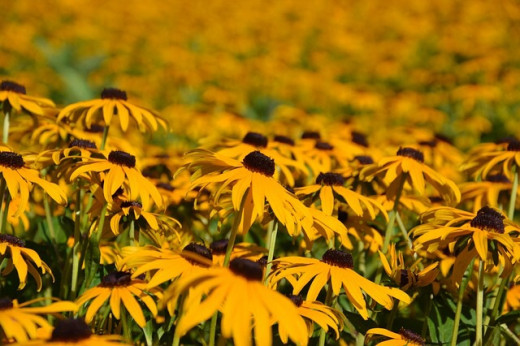
Black-eyed Susan
Rudbeckia hirta
Rudbeckia hirta is the more common native Black-eyed Susan that grows along the roadsides. It is more of a biennial or an annual and will reseed readily. R. hirta can stand much drier conditions so is better suited for a naturalistic, low moisture, setting. When planted in good garden conditions, R. hirta becomes a more reliable perennial. Plant in full sun to part shade in well drained soil. It reseeds easily, so expect many volunteers.
Black-eyed Susans, R. hirta
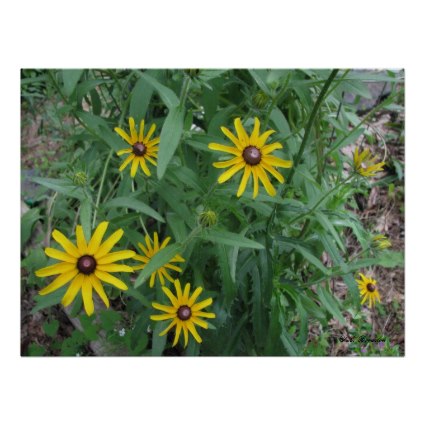
Many of the photos seen here can be purchased in Naturegirl7's Zazzle Shop as print-on-demand products such as posters, cards, apparel, mugs, etc.
Giant Coneflower
Rudbeckia maxima
Rudbeckia maxima or Giant Coneflower, as the common name states, is a large plant that grows from 6 to 10 feet tall. It has 3 inch wide yellow flowers with 2-inch dark cones. In mid-summer the cones fill with sunflower size seeds. It likes moist soil, so in its natural state, it grows in full to part sun in ditches and Pinelands in very acid to acid soil. Besides having beautiful flowers, the large, pale green, canna-like leaves are extremely attractive. We grow it in the lowest part of our rain garden and it thrives there.
Propagate by seed (they germinate readily in good, moist soil) or by root division. Seed eating songbirds enjoy the seeds.
Giant Coneflower
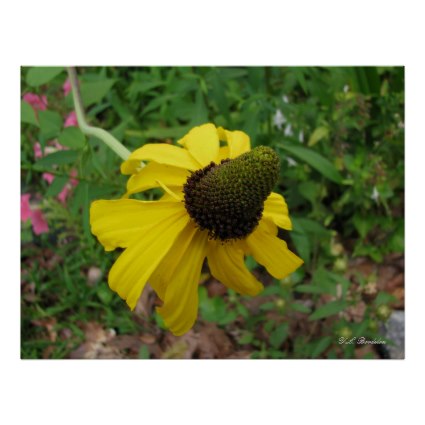
Giant Coneflower from Seed to Flower
Click thumbnail to view full-size




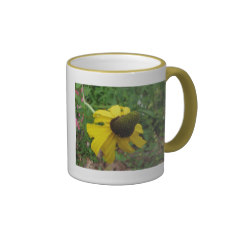
Rudbeckias on Zazzle
See More Flower Designs on our Naturally Native Creations Gallery.
Black-eyed Susans
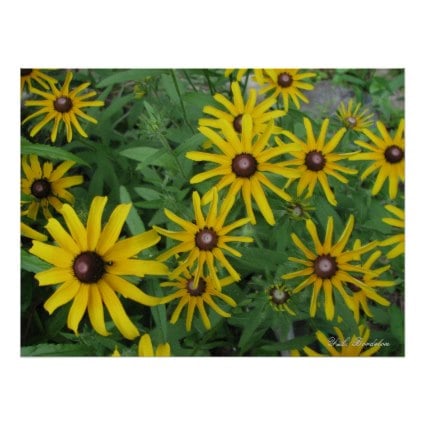
More About Louisiana Wildflowers
- Coreopsis - Hardy and Beautiful Wildflowers
The Coreopsis family contains many beautiful and hardy native perennial flowering plants. Most members have golden yellow flowers, though one that is native to the south is pink. These easy to grow flowering perennials attract butterflies and other.. - October Blooming Native Sunflowers
Native sunflowers (Helianthus) color the landscape in October. On this page you'll find many photos and much information about using sunflowers in the landscape and about the animals that use them. - 15 Easy to Grow Southern Wildflowers
This page features 15 native perennial flowering plants complete with photographs of and information plus links to more about each. These beauties will thrive in the hot, humid South.
© 2009 Yvonne L B


